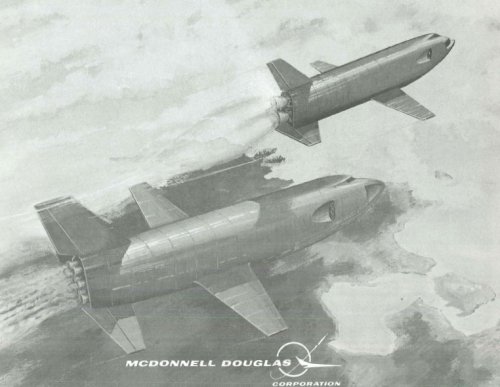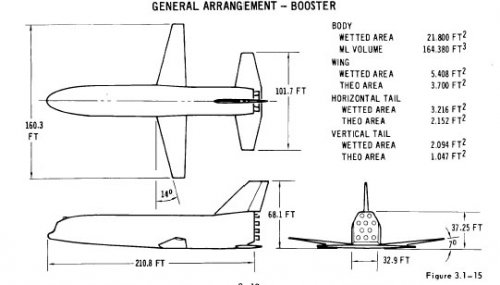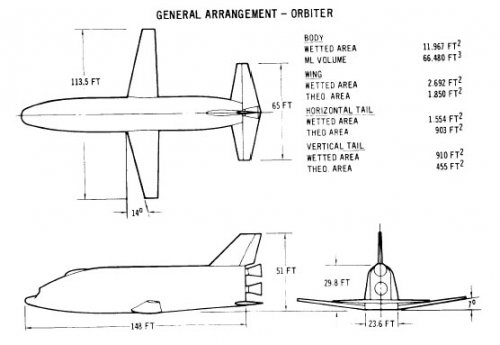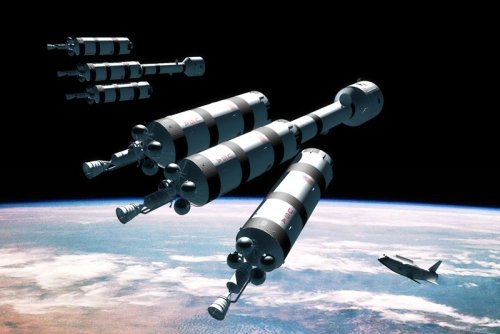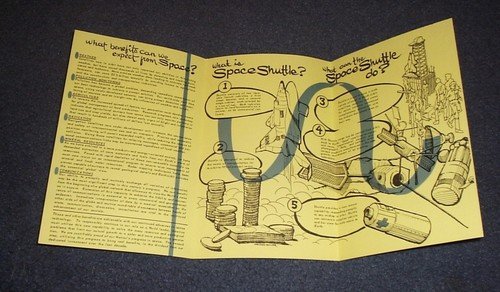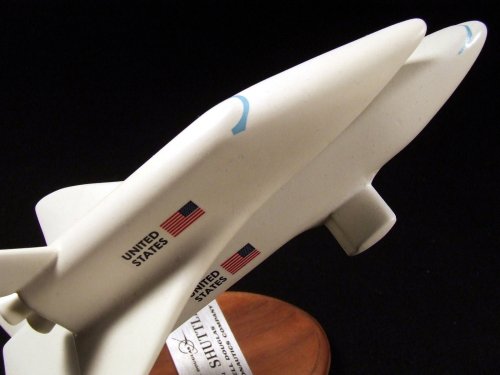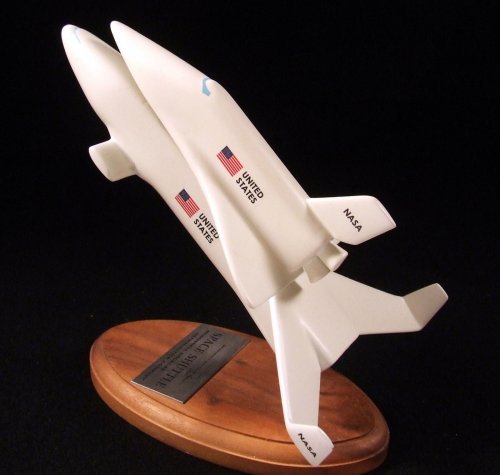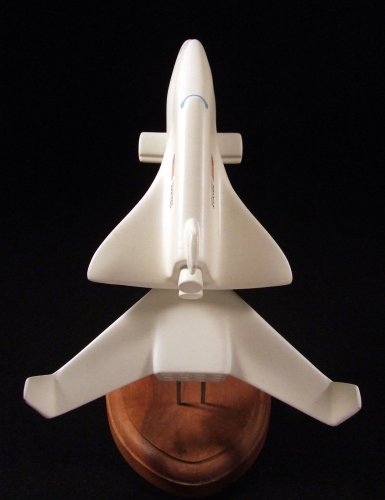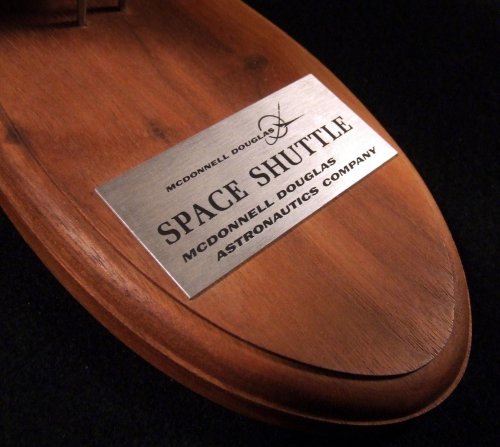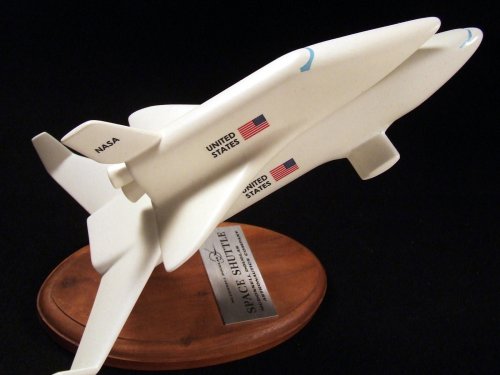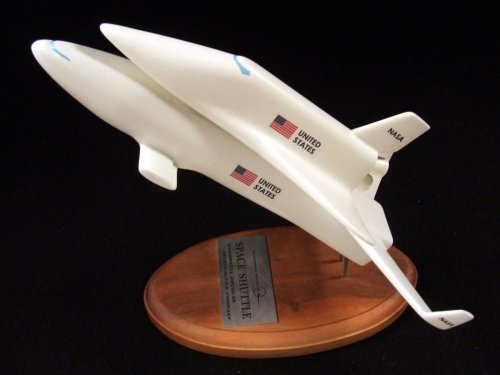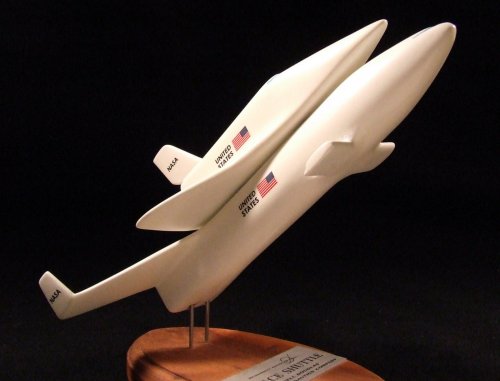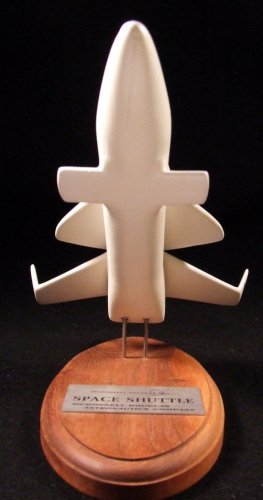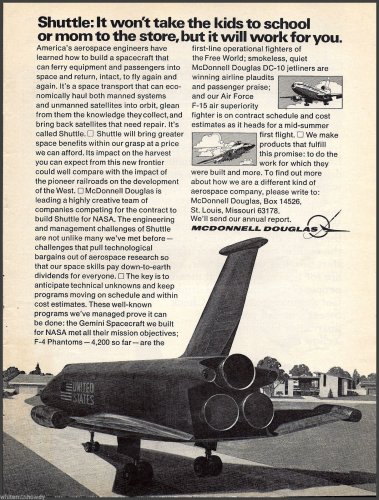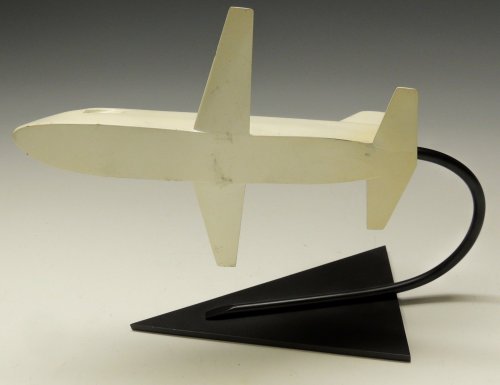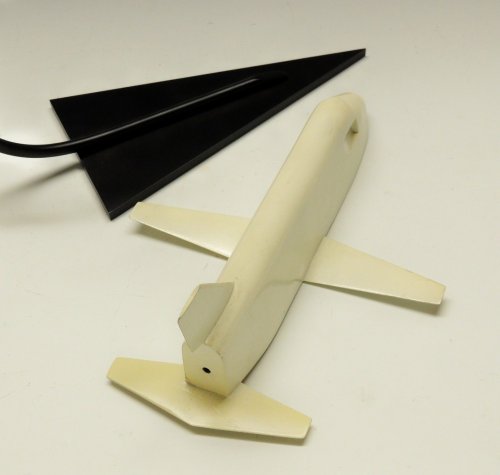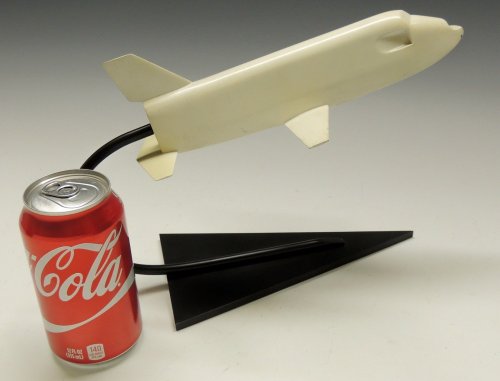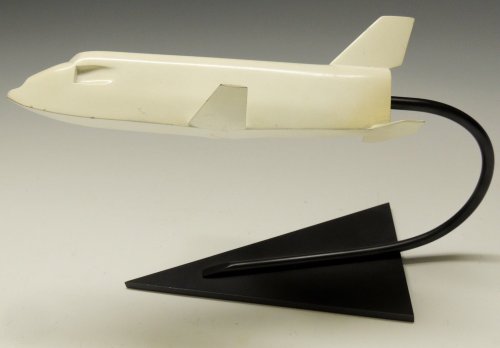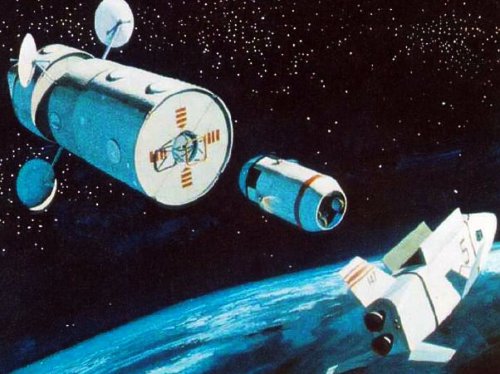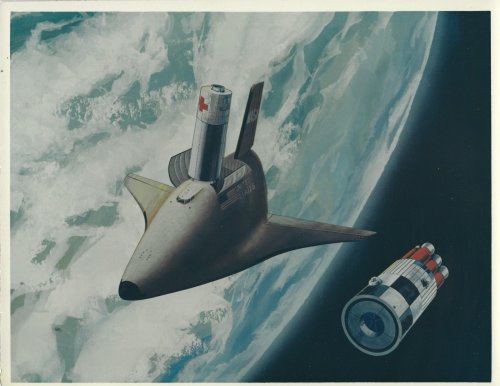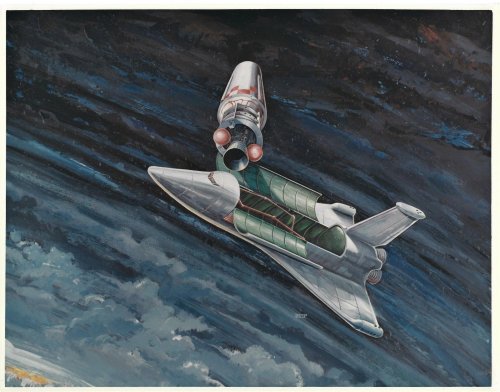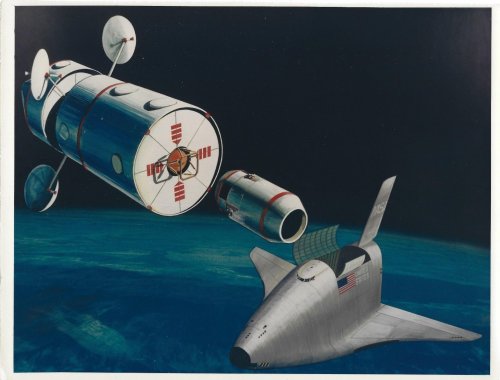- Joined
- 14 June 2006
- Messages
- 2,297
- Reaction score
- 487
Well, I swear I didn't imagine to be able to complement (and slightly correct) Dennis Jenkins work on the Shuttle, but after having triple checked with all I have, it seems this is really a new finding.
We are back in second half of 1969. A number of contractors are doing early definition studies for a fully reusable space transportation system. One of these is McDonnell-Douglas (MDC). MDC had ideas for a partially reusable Earth-to-orbit vehicle (essentially for space station logistics), but from July on she works on reusable booster-orbiter combination. Now, Jenkins in his multiple-edition "Space Shuttle" publish a series of concepts, all based on lifting bodies. Now, it seems that that was only the start of the story. From the document I found on NTRS, MDC in September 1969 was redirected by NASA (like North American Rockwell, BTW) to validate and develop a reusable shuttle using the Max Faget's DC-3 concept with a straight wing, low cross range configuration in both booster and orbiter. MDC followed suit and studied a vehicle with a 15 by 60 feet payload bay and a max payload of 25.000 lbs. The final report was entirely devoted to this vehicle, only variations were on ways to mate orbiter and booster. Both had air breathing engines for flyback and approach. What's funny, Dennis cites the very same report I'm using, but evidently the contents were different (early draft ? but the dates are 15th December 1969 in both cases: mistery). Relevant reports are here:
A two-stage fixed wing space transportation system. Volume 2 - Preliminary design Final report http://hdl.handle.net/2060/19700022287 and
Volume 3 - Mass properties http://hdl.handle.net/2060/19700022288
Behold the beast.
We are back in second half of 1969. A number of contractors are doing early definition studies for a fully reusable space transportation system. One of these is McDonnell-Douglas (MDC). MDC had ideas for a partially reusable Earth-to-orbit vehicle (essentially for space station logistics), but from July on she works on reusable booster-orbiter combination. Now, Jenkins in his multiple-edition "Space Shuttle" publish a series of concepts, all based on lifting bodies. Now, it seems that that was only the start of the story. From the document I found on NTRS, MDC in September 1969 was redirected by NASA (like North American Rockwell, BTW) to validate and develop a reusable shuttle using the Max Faget's DC-3 concept with a straight wing, low cross range configuration in both booster and orbiter. MDC followed suit and studied a vehicle with a 15 by 60 feet payload bay and a max payload of 25.000 lbs. The final report was entirely devoted to this vehicle, only variations were on ways to mate orbiter and booster. Both had air breathing engines for flyback and approach. What's funny, Dennis cites the very same report I'm using, but evidently the contents were different (early draft ? but the dates are 15th December 1969 in both cases: mistery). Relevant reports are here:
A two-stage fixed wing space transportation system. Volume 2 - Preliminary design Final report http://hdl.handle.net/2060/19700022287 and
Volume 3 - Mass properties http://hdl.handle.net/2060/19700022288
Behold the beast.

